6 takeaways from Aquece Rio International Archery Challenge
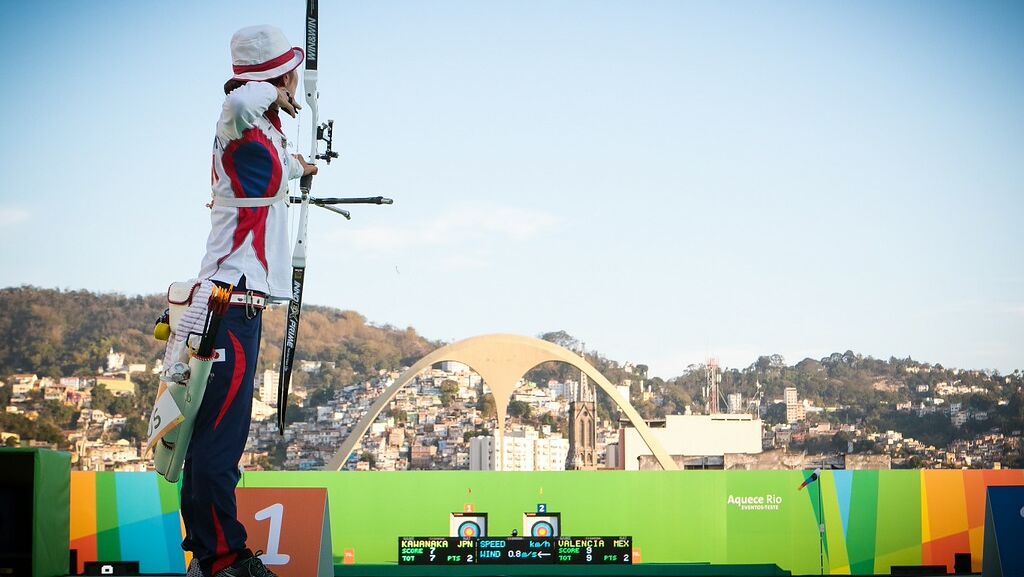
The Aquece Rio International Archery Challenge was a test event for the organisers of the 2016 Olympic and Paralympic Games – and a chance for the 120 athletes competing to get familiarised with the venue, Brazil’s weather and food, and just how the upcoming Olympiad would feel.
Over 10,000 arrows were shot in competition – all aimed at the Olympic targets and learning, experience and knowledge as much as possible to help bring success at Rio 2016.
Here’s eight things athletes and team staff said they’d be taking back home with them from Rio de Janeiro’s famous Sambódromo.
1. Personal challenges
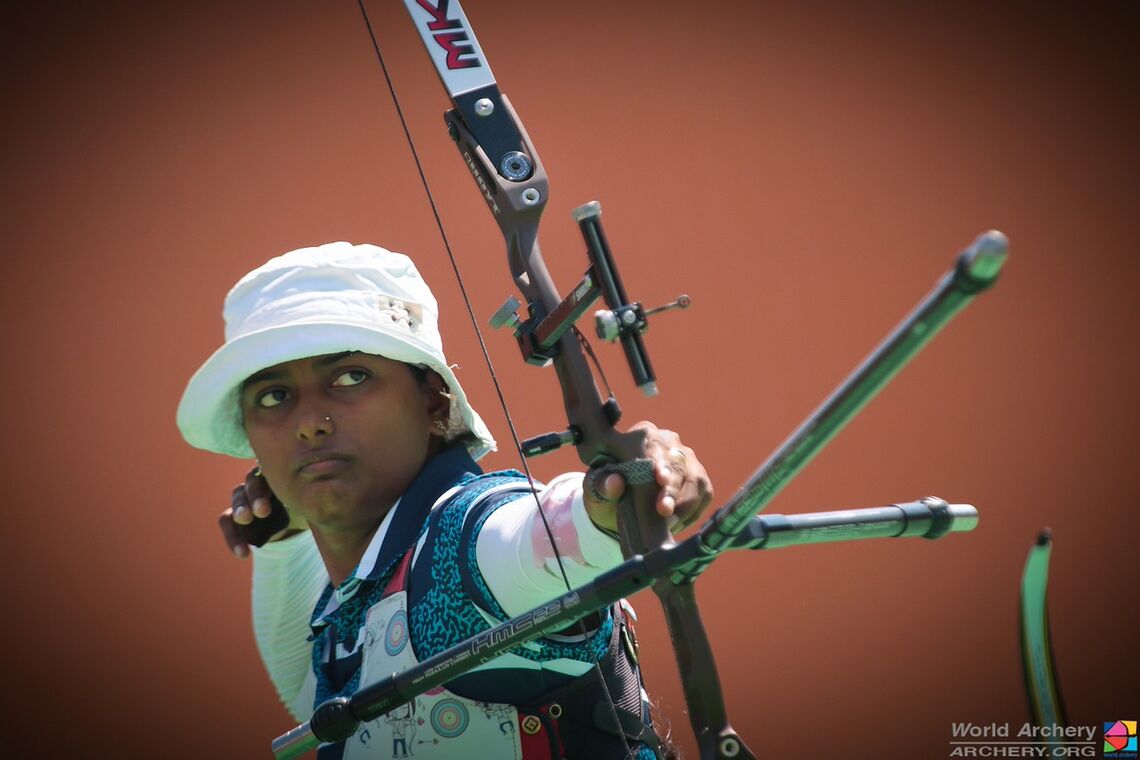
Three-time Archery World Cup finalist Deepika Kumari made it to the third round in Rio. The anchor in India’s recurve women’s team that qualified a full three quota places to Rio 2016 at the worlds in Copenhagen, Deepika is determined to make her shooting the best it can be ahead of the Games.
She said she’d work on visualisation of the venue and mental repetition, alongside her normal training, as well as improve her shot timing.
2. Individual eliminations
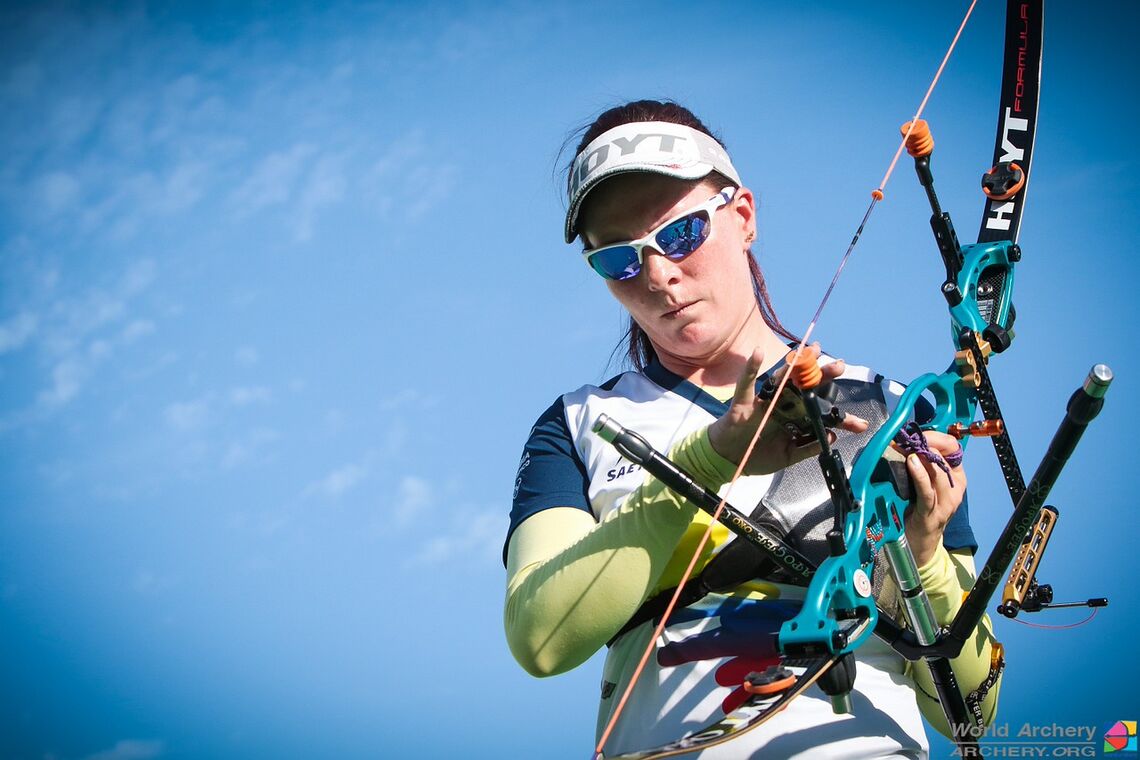
At most international tournaments, athletes shoot their elimination matches on the same field as the ranking round, with each phase completed at the same time, so many matches are running simultaneously. At the Olympics, the elimination matches are shot one-by-one on the finals field of play.
It was the biggest adjustment Natalia Sanchez said she had to make at the test event, especially because the competition level was so high.
“Normally, we don’t have one by one elimination matches on the final field, nor on TV,” Natalia explained. “The venue and the atmosphere… it’s completely different from any other tournament.”
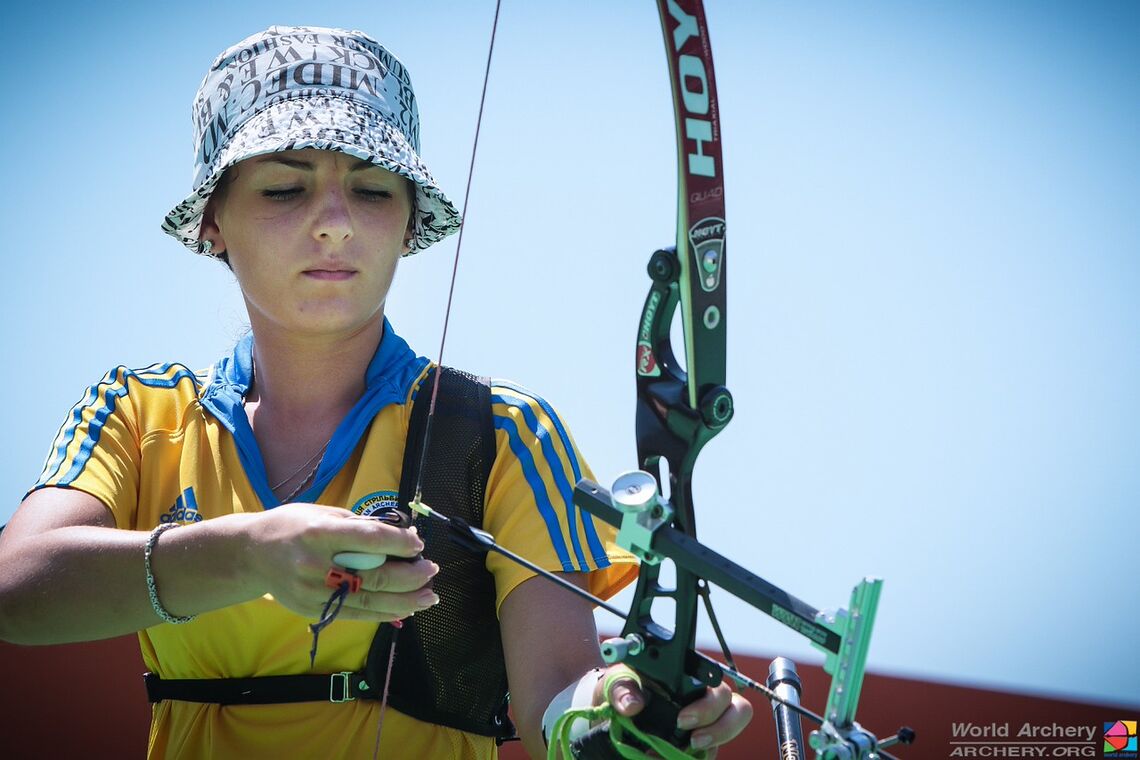
Ukraine’s Veronika Marchenko said that shooting early-stage individual matches in the finals venue made her nervous, something she expects to be less worried about in 2016: “Now I know what Rio looks like and how it feels to be here, I hope it all helps me to perform better next year.”
3. Brazilian delicacies
The most successful archery nation at the Olympic Games, since the sport was reintroduced to the programme in the 70s, Korea’s trip to Rio, said team staff member Choi Kyung Hwan, was “great". With a focus on national, Asian and European competitions, the Korean squad has not competed in South America as often as other teams.
In fact, the Archery World Cup in Medellin in 2014 was the squad’s first trip to the continent.
The team used the test event to acquaint themselves with the environment and Brazilian culture, part of an extensive training process in the lead up to the Games, but there’s one thing that will need a little more time.
“We still need to get used to the food,” admitted Choi. “I guess that next year there will be more options as well…”
4. An iconic venue
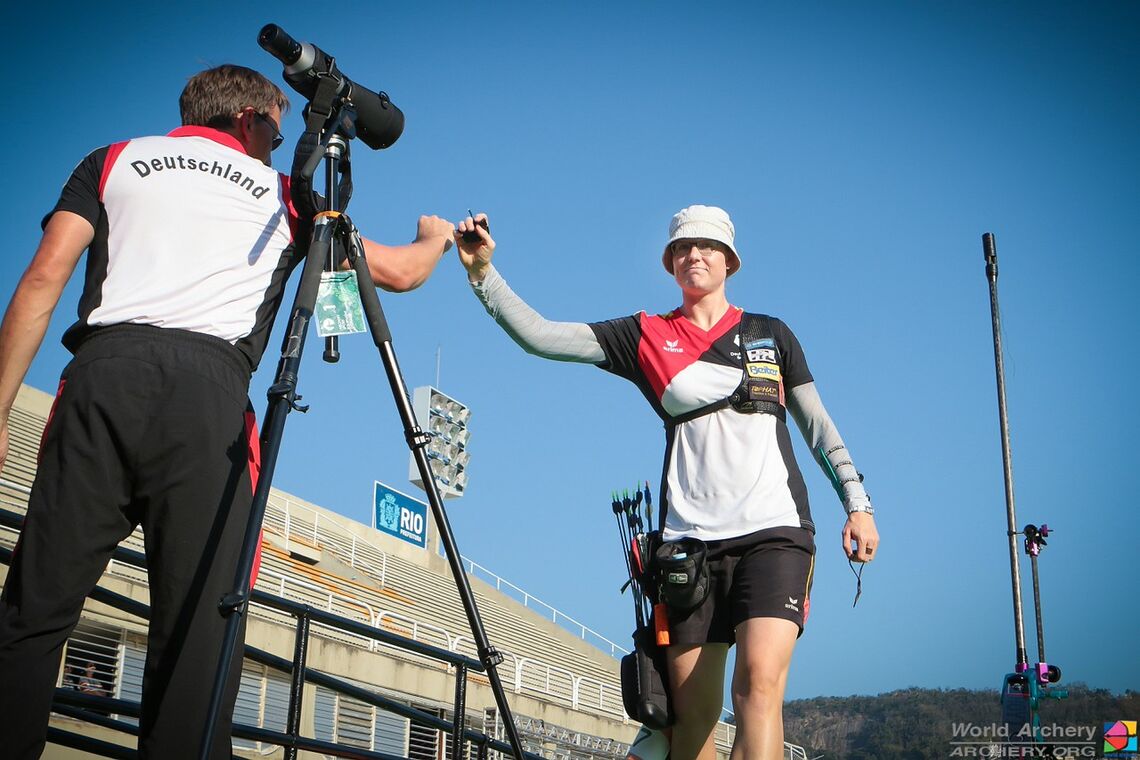
Archery’s home at Rio 2016 – for the test event, the Olympics and Paralympics – is the iconic Sambódromo, Rio’s carnival stadium. Surrounded by favelas, there’s one extremely-recognisable monument visible, in the distance, from the shooting line: Christ the Redeemer.
Lisa Unruh admitted that seeing Jesus every day from the venue was something she enjoyed. “It’s kind of mystic,” said Lisa – who will take a rest at home in Germany before her training for 2016 begins.
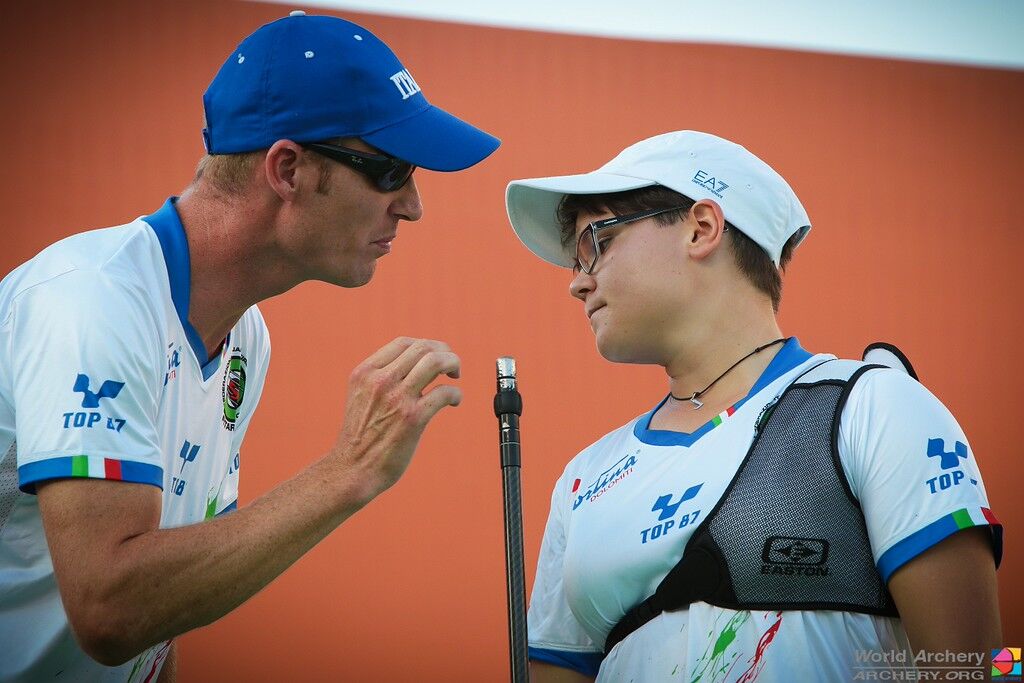
For Wietse van Alten – head coach of the Italian team – being in the Olympic venue was an opportunity to get familiar with the competition fields and comfortable with the position of facilities inside the location.
“Now we know the venue, what it feels to be here, where the stands are, where the media interview the athletes, where the toilets are located or where athletes can practice,” he explained. “Next year, we will come to the venue knowing everything. Every step we did here, during the week, counts for next year.”
5. The Olympic experience
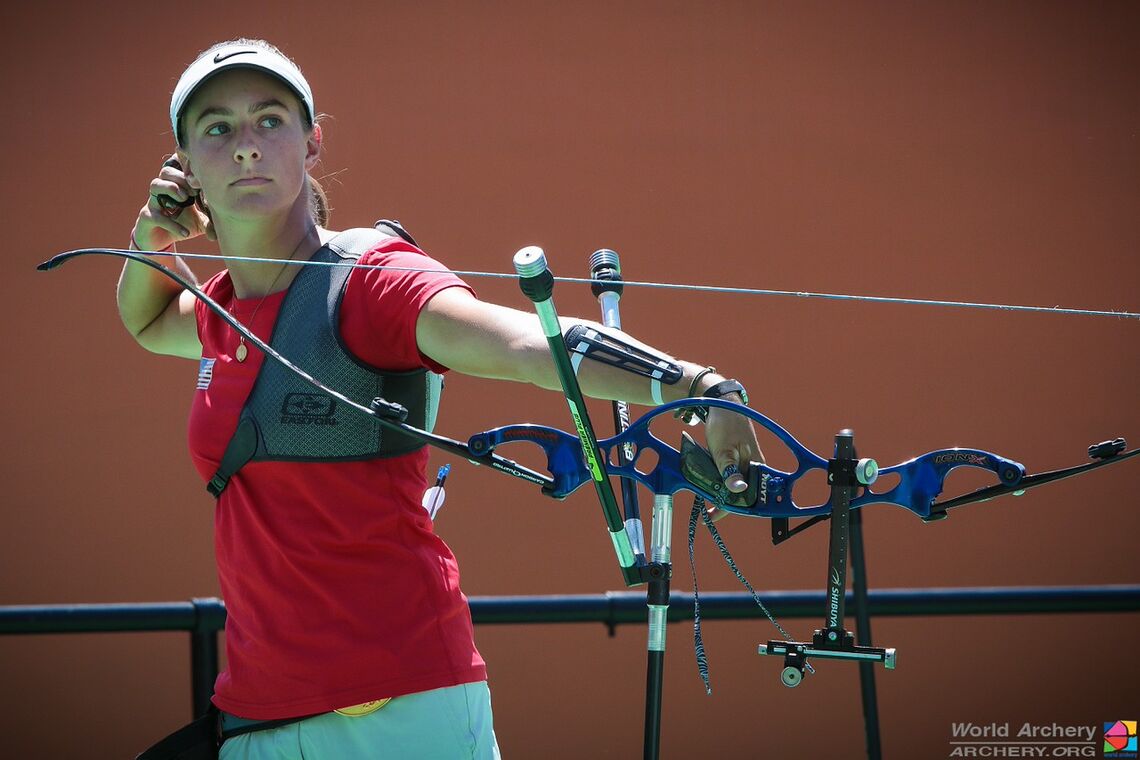
Twenty-year old La Nola Pritchard from the United States won bronze with the recurve women’s team at Toronto 2015 Pan American Games in July. Competing at her first time at an Olympic test event in Rio, La Nola said that the experience of shooting in the Olympic venue would prove invaluable during her – and the rest of the States’ athletes’ – preparation for 2016.
“Everything that I learned during this week in Rio is something I’m taking back to the States, not just for me, but for all my teammates there,” she explained. “I will share everything so we all can improve and do better in our national selection process – and of course, next year at the Olympics.”
6. Winter in Brazil does not come with snow!
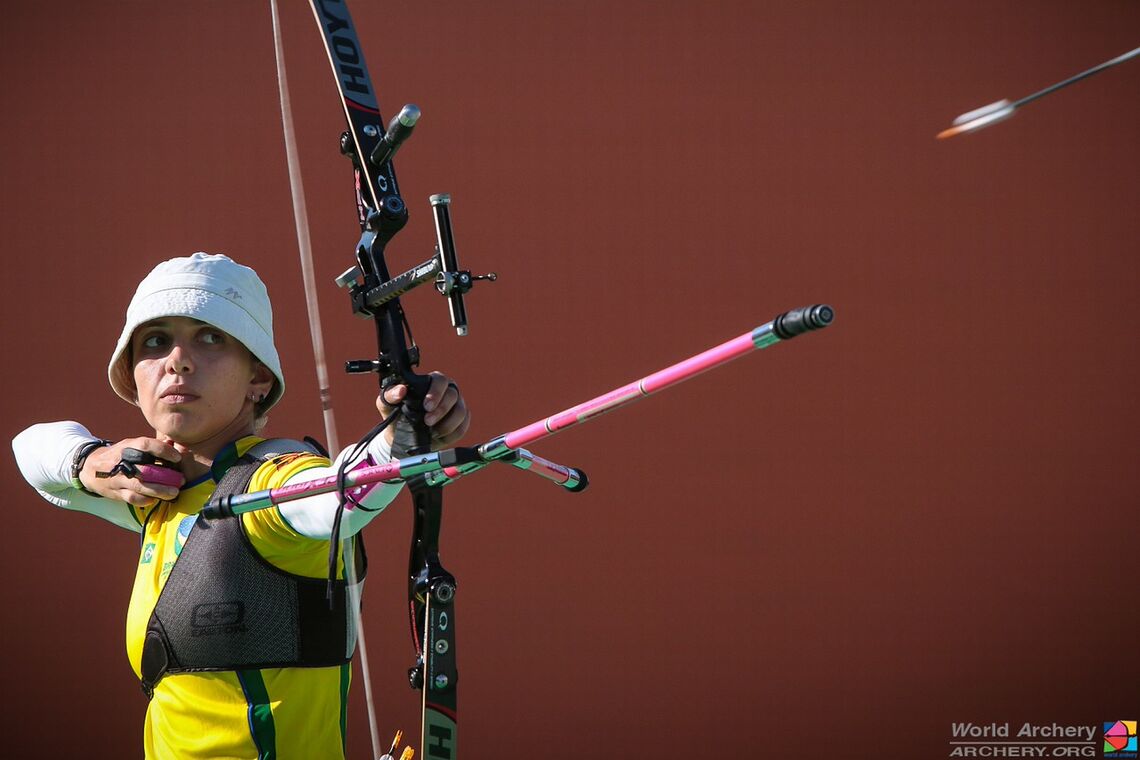
Even for local athletes, the heat was noticeable during competition week at the Aquece Rio International Archery Challenge. Rio actually experienced its hottest run of days in winter, since records began, with an average high temperature of 35 degrees Celsius! Athletes struggled.
Brazil’s Marina Canetta said the weather would be something she would take into account in her training ahead of the Games.
“There’s a lot of work to do and I think we need to train more on different weather conditions: sunny, cloudy, rainy and very hot! Even at night, as there might be some finals running into the evening at the Olympics,” she said. Darkness could fall as early as 5pm at Gamestime. “As athletes, we need to be prepared for any and all conditions.”
“To be honest, even for us Brazilians, it’s been too hot this week!”
















